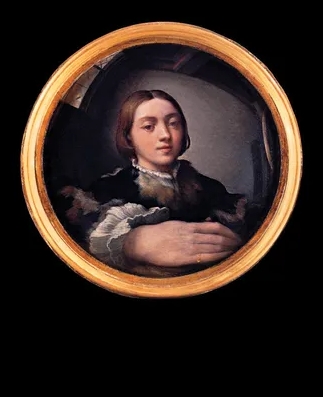Capturing the Self: The Evolution of the First Self-Portrait
Self-portraits have been a popular form of artistic expression for centuries. But where did it all begin? Let’s take a journey through the evolution of the first self-portrait.
The Origins of Self-Portraiture
The concept of self-portraiture can be traced back to ancient times. The earliest known self-portrait was created by the Egyptian artist Bak, who depicted himself on the wall of his tomb in 1365 BC.
Self-Portraits in Ancient Greece
In ancient Greece, self-portraits began to take on more naturalistic forms. Artists like Phidias and Polykleitos used self-portraits as a way to study human anatomy and capture their own likeness.
The Renaissance of Self-Portraiture
During the Renaissance, self-portraiture became more prevalent as artists like Leonardo da Vinci and Albrecht Dürer sought to capture their own image in a more detailed and realistic manner. This period marked a significant shift in the way self-portraits were perceived and created.
The Self-Portrait in the Modern Era
In the 20th century, artists like Frida Kahlo and Vincent van Gogh revolutionized the self-portrait genre by infusing their own personal experiences and emotions into their work. Self-portraits became a way for artists to explore their own identity and convey their innermost thoughts and feelings.
The Selfie Revolution
With the advent of smartphones and social media, self-portraiture has taken on a whole new dimension. The selfie has become a ubiquitous form of self-expression, allowing individuals to capture their own image and share it with the world in an instant.
In conclusion, the evolution of the first self-portrait has been a fascinating journey through history. From the ancient Egyptians to the modern selfie, artists have continuously pushed the boundaries of self-portraiture to explore their own identity and connect with audiences in new and innovative ways.



